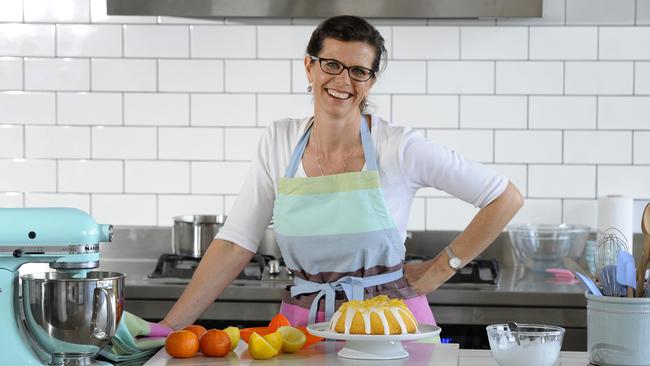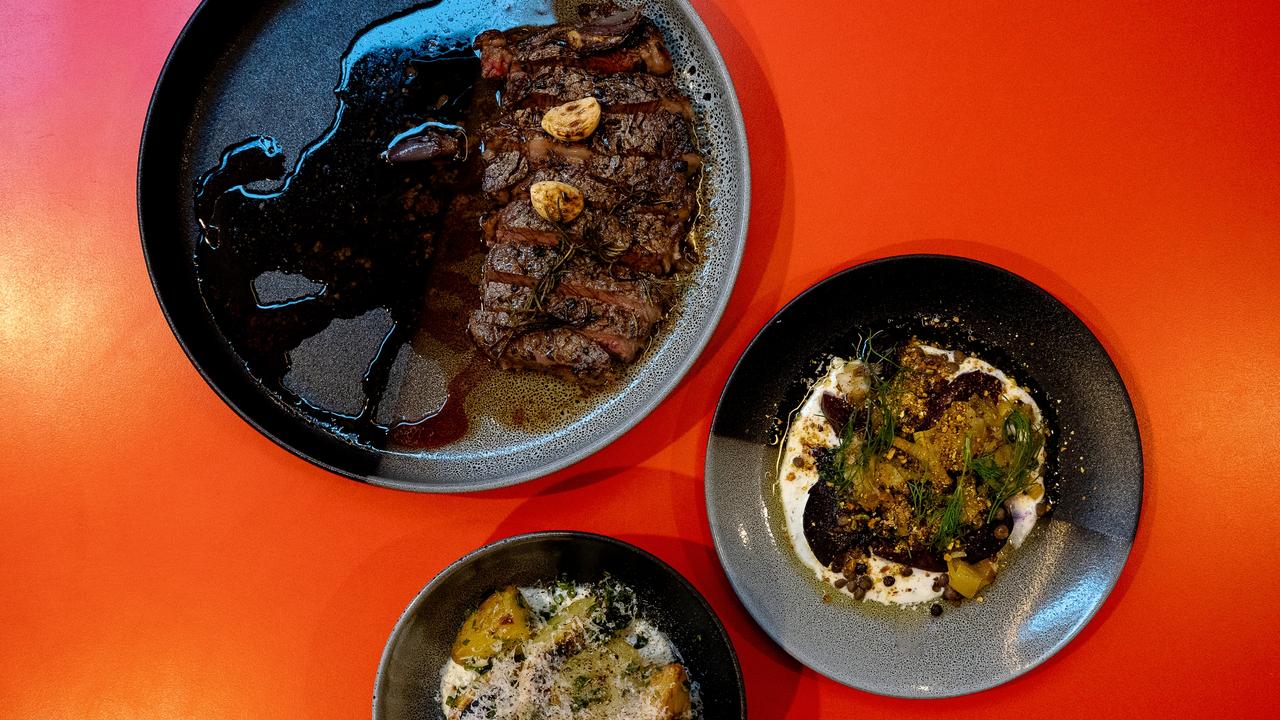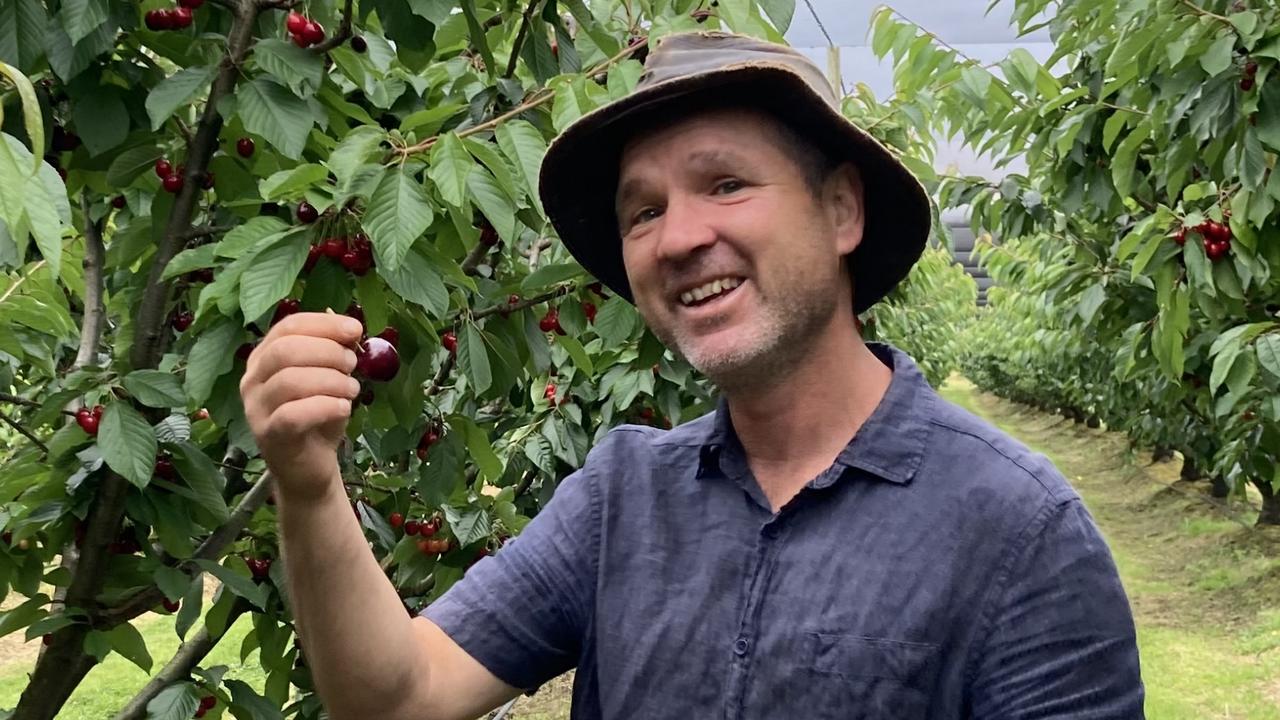Taste: Rising to the occasion
Author and teacher Anneka Manning holds classes to show you how to have your cake and bake it, too.

Food and Wine
Don't miss out on the headlines from Food and Wine. Followed categories will be added to My News.
What is it about baking that sets it apart from other cooking and sees so many books devoted to the art?
The latest addition to the baking book club is Anneka Manning’s Bake Class (Murdoch Books $45).
Manning says in her introduction: “The act of baking and sharing can make people feel nurtured, comforted loved and part of something special.”
She finds baking therapeutic, calming and enjoyable, but is well aware some find it a stress inducer rather than a stress reliever.
In a little section asking “what’s stopping you”, Manning lists some of the reasons she must have heard often from people prompted to take one her classes (bakeclub.com.au) to get over their bake fright.
“I don’t have time,” is one of them, and that, I believe, is taken care of by the approaching Easter holiday.
The hardware stores press us to make as if we were appearing on The Block over the Easter break, but I suggest to behave instead like a contestant on The Great Australian Bake Off.
“I don’t have the confidence” and “I don’t know how to find a reliable recipe” are other reasons put up for not baking, both of which are addressed in this new book.
Recipes in early books can be extremely brief. My circa 1955 Edmonds Cookery Book has biscuit and cake recipes in which the method is only three lines long.
They are written on the assumption that you have already baked with your mother/aunt/gran and all that is needed now is quick reminder of quantities and basic steps.
But Manning says: “There’s more to learning how to bake than just following a recipe.
“The value of having someone show you first-hand how pastry should feel, what a cake batter should look like or how to use your hands when kneading a dough is inestimable.”
And she goes on to be as much as possible “that person standing by your side, giving you advice and helping you through process step by step”.
She also lays down what a good recipe should tell you, such as the yield – should the mix make 15 or 30 biscuits?
What to look for in the end result, such as skewers coming out clean from muffins, or the base of scones sounding hollow when they are tapped.
Well-written recipes list the ingredients in the order they are to be used and include such instructions as chopping the butter, toasting the nuts, so all that is done and on hand before you begin mixing and stirring.
I have many books on baking (including Manning’s previous mastering the Art of Baking, which promised to be “the only baking book you will ever need in your kitchen” – oh, well) but this one has something I’ve never seen before and it is such a good way to organise a baking book you wonder why it hasn’t been done before.
The book is organised by 10 different baking methods, from simplest to trickiest.
Lesson one is measure and mix.
All that’s needed is a bowl and a wooden spoon, measuring cups and spoons (and scales if you mean to go on).
Raspberry and almond friands or zucchini and pistachio loaf are yours from such simple steps.
Other lessons cover the folding method, used when you want to retain incorporated air, such as in muffins and souffles.
Mixing in a food processor makes easy work but can only be used when air is not an important component – good for gingernut biscuits an whole orange cake.
Lesson 10 is the kneading method – with pictures and description of how to knead, what the dough is like when it’s kneaded enough.
You could do better only if Manning were looking over your shoulder.
As I’m talking of Easter projects, I weighed in with hot cross buns, and as well as the usual currants these ones included dried cherries and chunks of dark chocolate.
But I suspect the book’s daintier efforts came from making more than the recommended 12 buns out of the mix.
Also I went way over the suggested 25 minutes for preparation, which included 13 minutes of kneading but not the 1½ hours proving time.
And as they are best eaten soon after they are made it’s not a project I would take on for Good Friday breakfast.
However, for afternoon tea they were scrumptious.


